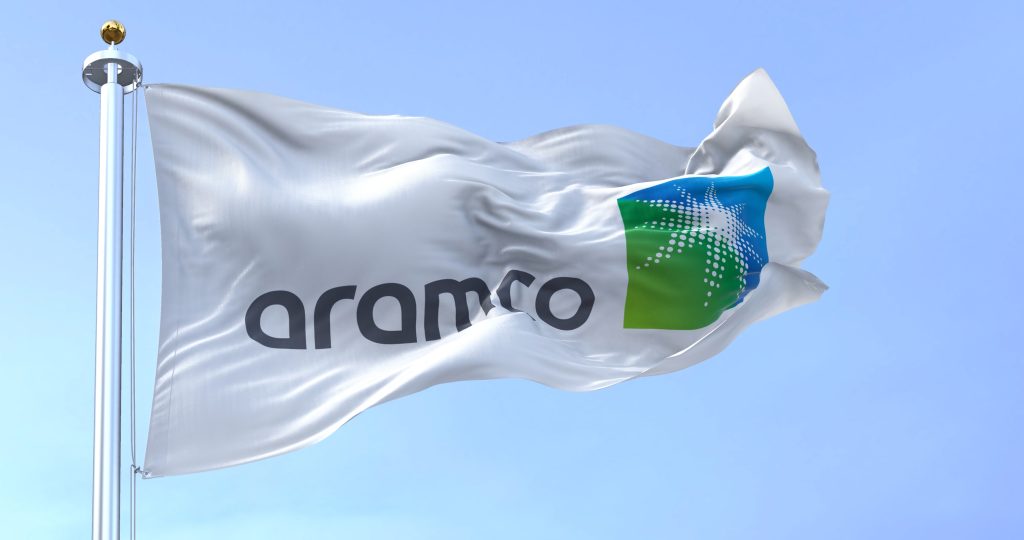Saudi Aramco, the world’s leading oil producer, has declared a substantial dividend increase to nearly $100 billion, marking its second-most profitable year on record, despite facing lower oil prices and mandated production reductions.
The oil behemoth, which is predominantly state-owned, reported a net income of $121 billion for the last year, a significant decrease from the $161 billion peak in 2022 when exceptionally high fossil fuel prices drove profits to unprecedented heights.
Despite the financial headwinds, Aramco managed to raise its total dividend in 2023 by 30 percent to $97.8 billion, according to CEO Amin Nasser. This hike was primarily due to additional performance-based payouts introduced in the previous May.
The dividend serves as a critical income source for the Saudi government, which holds an 82 percent stake in Aramco, with the nation’s sovereign wealth fund controlling an additional 16 percent. The Saudi Crown Prince Mohammed bin Salman is keen on channeling these oil profits into a transformative plan aimed at modernizing the kingdom and diversifying its economic portfolio.
Aramco’s shares experienced a 1.6 percent uptick in value during Sunday’s trading session on the Tadawul, Saudi Arabia’s stock exchange.
High and stable dividends are crucial for the Saudi government as it contemplates the possibility of floating more Aramco shares on the stock market. The government previously offloaded a 1.7 percent stake in a historic initial public offering in 2019 and is rumored to be considering additional sales this year, though Aramco has remained silent on these speculations.
Nasser noted that oil demand remained vigorous in 2023, reaching a record consumption rate of 102.4 million barrels per day, even amidst geopolitical turbulence. He anticipates a further increase in demand, projecting a rise to 104 million barrels per day in 2024, with expectations for continued growth into 2025.
With global efforts intensifying to transition away from fossil fuels, Aramco is nonetheless confident in the enduring demand for its cost-effective oil. The company plans to increase its production capacity from 12 million barrels per day to 13 million by 2027. A recent policy shift saw the temporary halting of this expansion strategy in January, but Nasser reassured that the kingdom’s faith in the long-term oil demand remains unshaken.
Nasser emphasized the necessity for a diversified mix of energy sources, including oil, gas, renewables, hydrogen, and others, to facilitate a realistic and orderly transition to new energy paradigms. He stated that pausing the oil expansion endeavor grants Aramco greater capital expenditure flexibility, enabling an increase in domestic gas output and further development of the company’s petrochemical sector.
With an estimated $40 billion budgeted for the oil expansion from 2024 to 2028, Aramco’s projected capital expenditure for the following year ranges between $48 billion and $58 billion. This forecast compares to $49.7 billion in 2023 and $37.6 billion in 2022.
The company is also looking to boost its gas production by over 60 percent by 2030 relative to 2021 levels and aims to convert more of its oil output into chemicals, targeting 4 million barrels per day.
Average oil production for Aramco stood at 10.7 million barrels per day last year, a reduction from 11.5 million barrels per day in 2022. OPEC+ production cuts, which aimed to stabilize prices, required Aramco to scale back its crude production by around 2 million barrels per day over the past 18 months.
Aramco is exploring other expansion avenues, including investments in liquefied natural gas (LNG) projects beyond its borders. The company took its first step into international LNG through a minority stake acquisition in the Australia-oriented MidOcean Energy last September. Nasser hinted at the possibility of pursuing LNG deals independently, contingent on the attractivity of opportunities.
A promising area of research for Aramco is the extraction of lithium from the brines produced during oil extraction, which could present a valuable new resource for battery manufacturing. Nasser mentioned that the company is currently evaluating the concentration of lithium in the water produced by their wells, indicating an ongoing research effort.
Note: Corrections have been made to reflect the accurate total liquids production by Aramco in 2023, which was 10.7 million barrels per day, not the previously reported 12.8 million.
